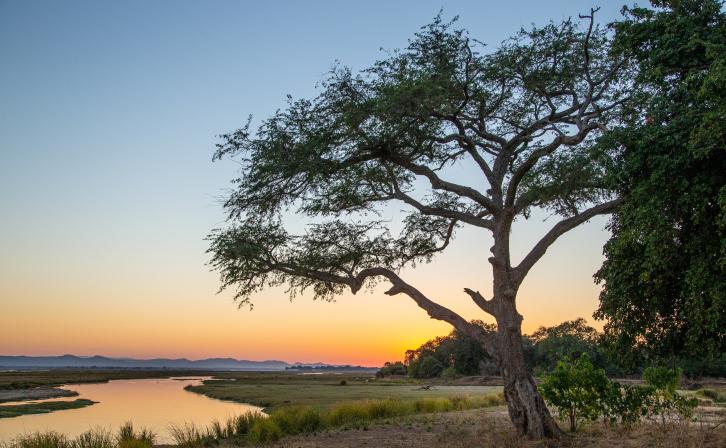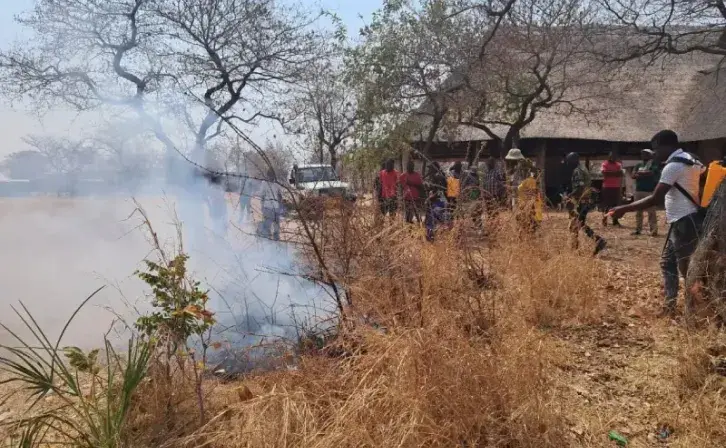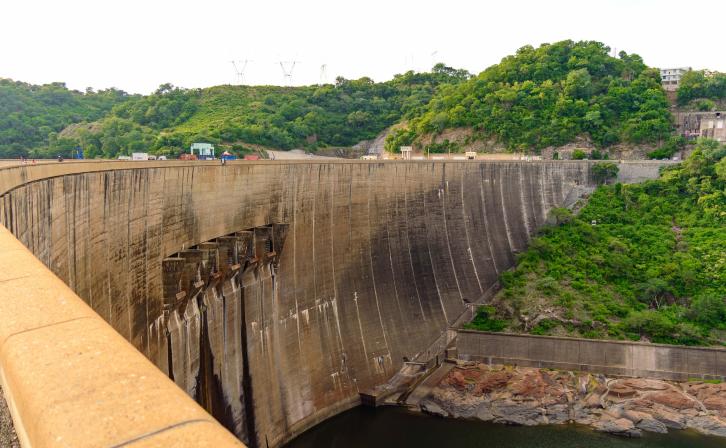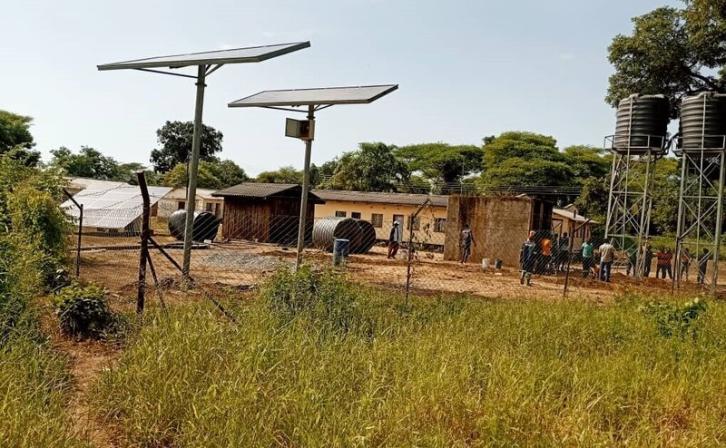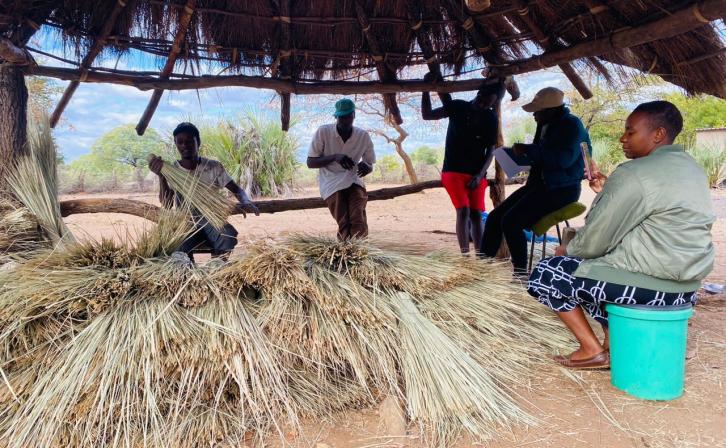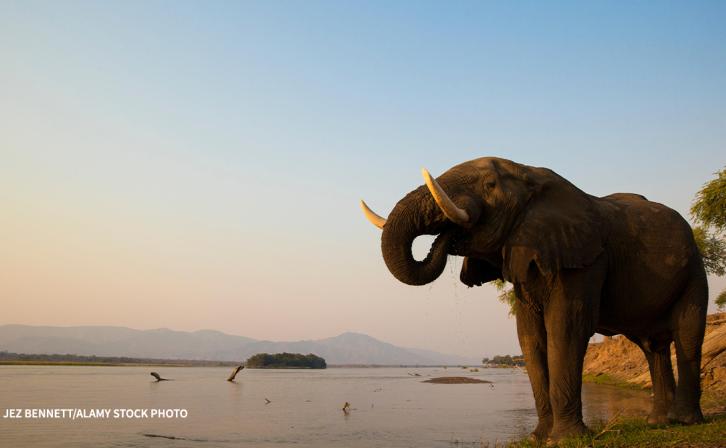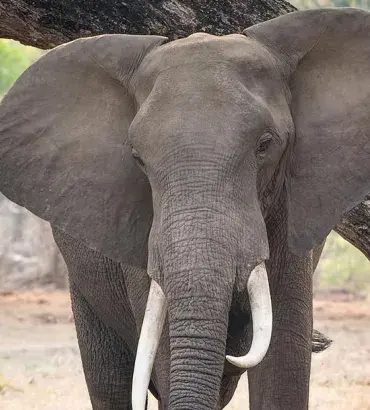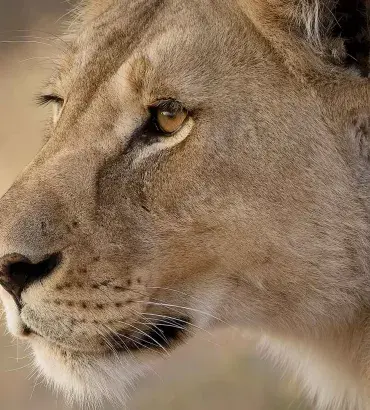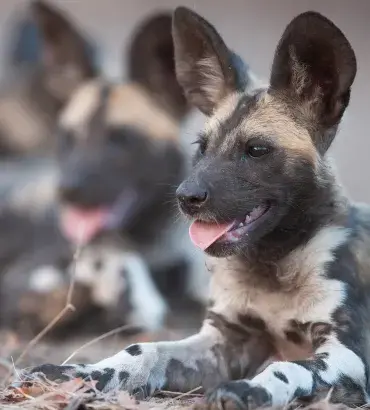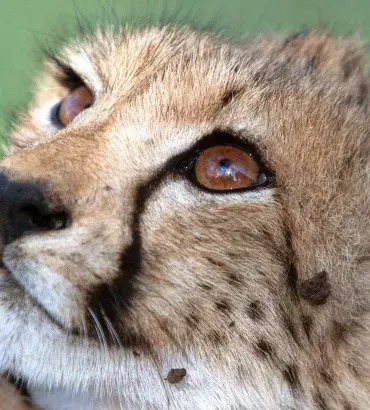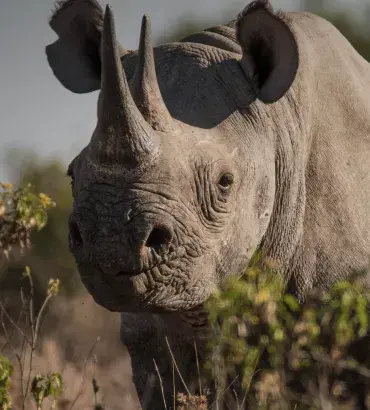Zimbabwe
The pursuit of development in Zimbabwe exerts enormous pressure on the country’s natural heritage, resulting in degraded land and biodiversity loss where it is not adequately managed. To help sustain nature’s benefits for multiple generations, we partner with the government to build diversified livelihoods underpinned by sound management and natural resource use.
Our work aligns to multi-faceted landscape-scale strategies with several ambitious objectives that all spell community resilience:
- Ecosystem integrity, with viable populations of AWF’s focal and other species
- Cross-border collaboration in service of conservation objectives (Zambia and Zimbabwe)
- Progress toward a vibrant wildlife economy
- Human-wildlife conflict mitigation
- Improved community access to natural resources for sustainable use
- Support for community livelihood projects
Currently, we operate in the Middle Zambezi Valley, which is home to elephants, lions, cheetahs, African wild dogs, and myriad other at-risk species.
AWF in Action
Anti-Poaching Work in Mid-Zambezi

Building Biodiversity Economies
As an advisor to governments and business, we work to put nature at the center of economic decisions. That means factoring the sustainable use of plants and wildlife as assets for growth and prosperity, and investing in ecosystems and biodiversity as a way of building resilience and sustainability. When people value nature and see it as a way of achieving sustainable development, conservation becomes a priority.
At the landscape level, we work closely with local stakeholders to develop and channel investment into viable economic models tied to wildlife and biodiversity. At the national level, we support the underlying analyses, such as the Zimbabwe Biodiversity Economy report, to shape policy frameworks enabling biodiversity economies. And at the continental level, we led the creation of the African Wildlife Economies Community of Practice, a platform for institutions and other stakeholders to collaborate, promote best practices, and collectively advance the biodiversity economy discourse across Africa.
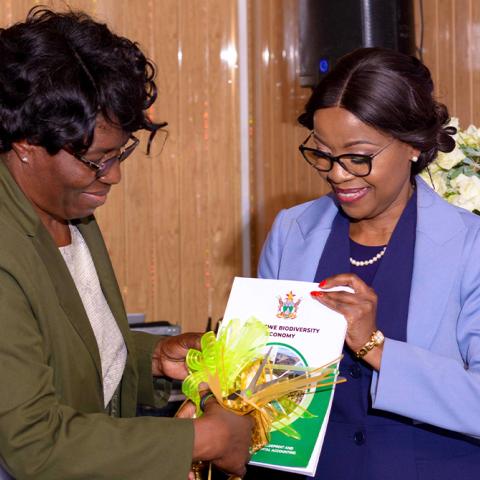
Expansion Plans
We’ve supported efforts to map out a larger transboundary area, with plans underway to declare the Mana Pools and Lower Zambezi national parks a 41,543-km2 transfrontier park. The project, which would strengthen park management throughout the area, could be a model for collaborative management ensuring ecosystem resilience.
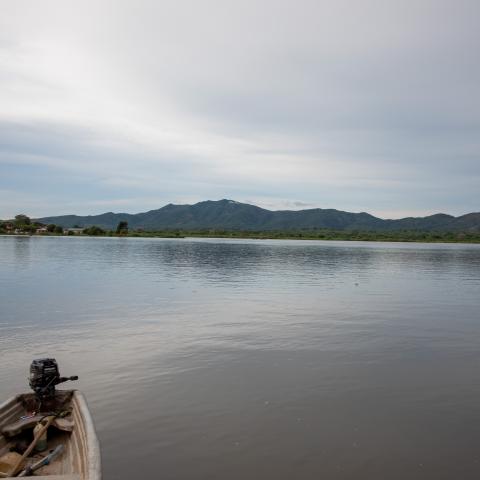
Improved Curing Practices
Tobacco curing can use a lot of wood and lead to significant deforestation. In Hurungwe, we helped farmers fashion energy-efficient tobacco barns. These “rocket barns” cure high-quality tobacco while using less fuelwood.
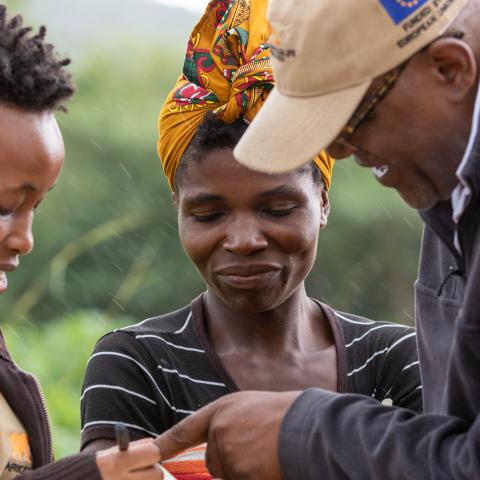
Transboundary Support
Many key African conservation landscapes are transboundary, because wildlife don’t recognize human borders—and neither do threats to wildlife. In transboundary landscapes, we work to strengthen capacity and collaboration between wildlife authorities, communities, and other conservation-minded people on both sides of the border. We facilitate workshops to develop a long-term vision, agree on information-sharing strategies, advise on joint patrols along borders, and help plan movement corridors and dispersal areas for wildlife.
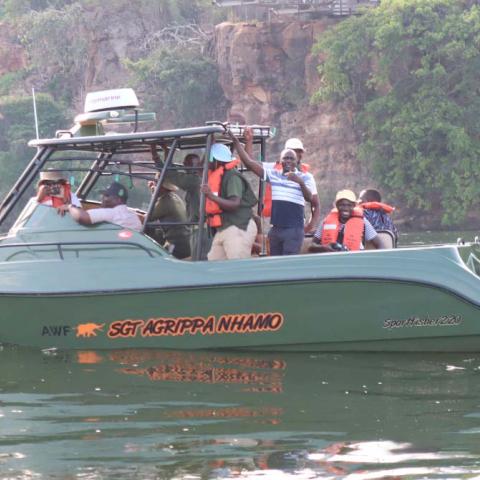
We work with the people of Zimbabwe for wildlife. Our strategic, implementing, and funding partners include:
See More of Our Work
Wildlife We Are Protecting
By the Numbers
2,209,576 Number of hectares protected and/or with improved conservation status due to AWF interventions beginning in 2016
59,425 Number of people benefiting from AWF's conservation efforts
9 of 9 Wildlife populations supported by AWF that are stable/increasing

